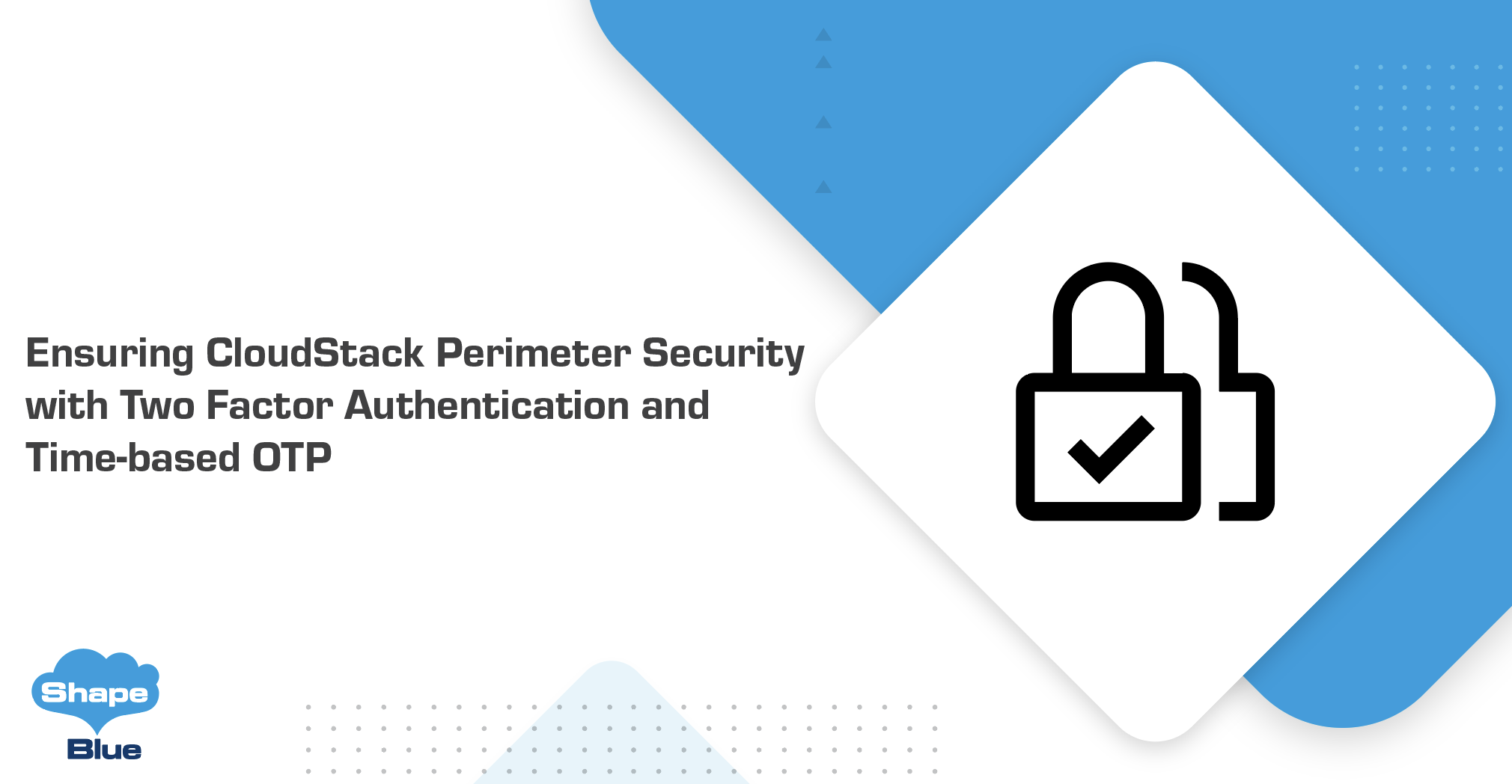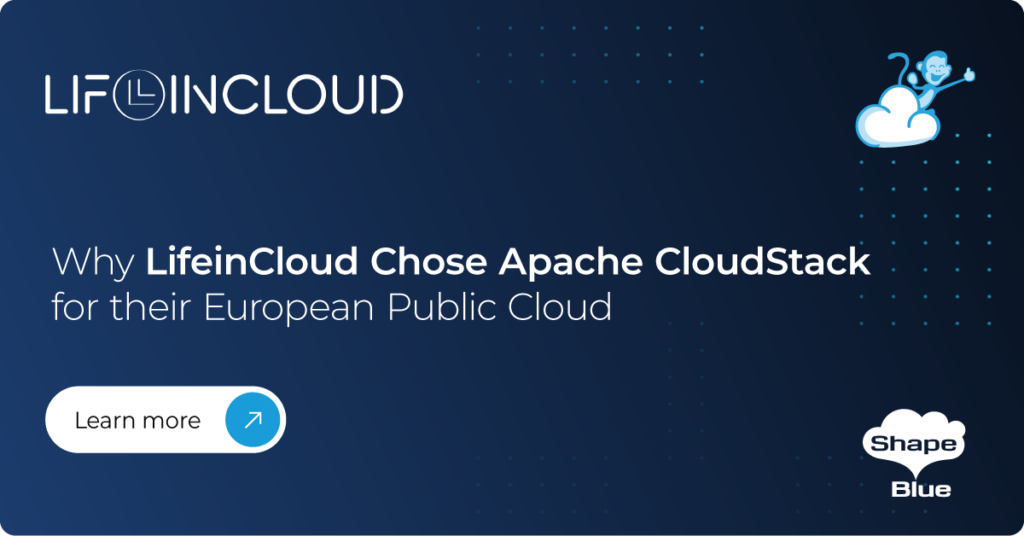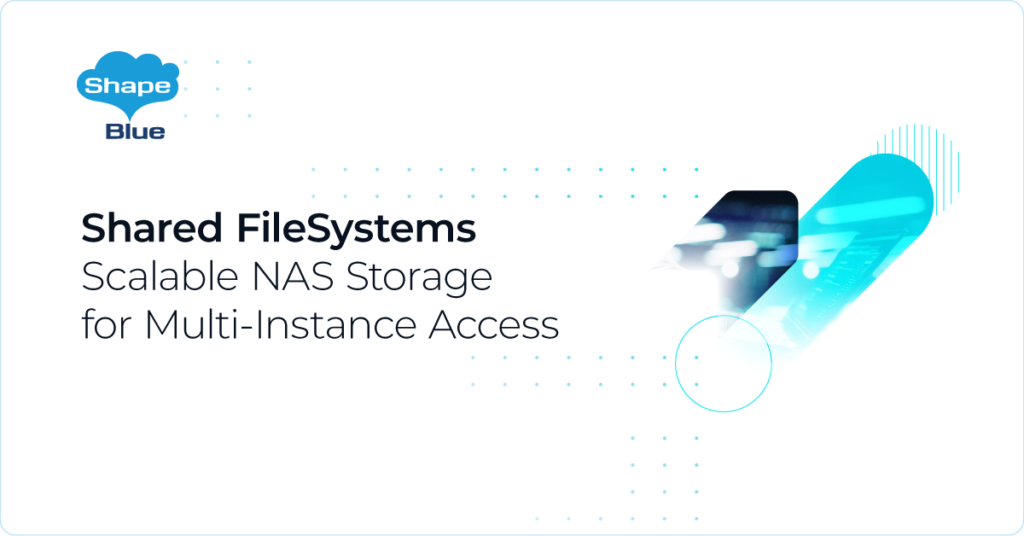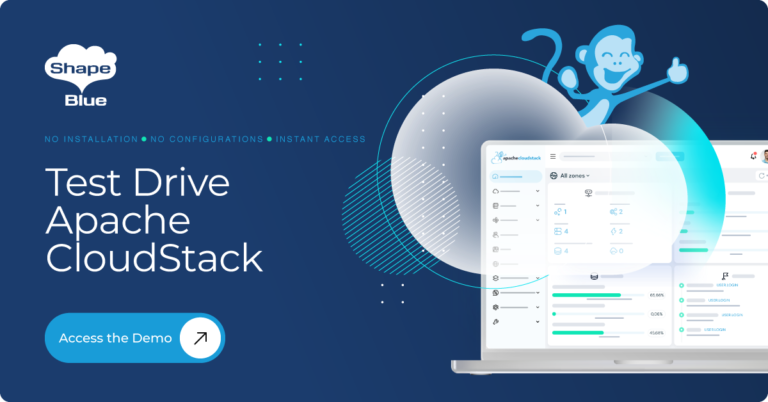Control and oversight of who can access an organization’s computer systems and networks and the actions they can perform are referred to as user access security perimeter. This aspect of perimeter security is essential in preventing unauthorized access and safeguarding sensitive information.
Securing user access to Apache CloudStack, where vital components of the business layer are located, is crucial for maintaining the integrity and confidentiality of these elements. These include Instances running critical systems, networks, data storage, firewall control and load balancing. By implementing perimeter control user access, companies can ensure that compliance standards are met, and the confidentiality and integrity of the business-critical components are protected.
Why use 2FA and T-OTP?
Implementing 2FA and T-OTP brings a range of benefits, both in terms of ensuring the integrity of systems hosted on Apache CloudStack and in terms of cost savings by providing an additional layer of security to maintain compliance policies.
As published by the Equilibrium Security Blog in the article “Why Should Businesses Use 2-Factor Authentication?”
“Passwords alone are a very weak form of authentication. What makes this worse is that many internet users do not update passwords on a regular basis. Unfortunately, in the digital age, cybercriminals can easily hijack passwords. This can happen through sheer brute force or by simple phishing attacks.”
Deep Dive inside Two-Factor Authentication and Timed-based OTP
Two-factor authentication (2FA) is a widely used security measure that requires users to provide two diverse forms of identification in order to gain access to a system or service. This can include a password and a second factor, such as a one-time code sent to a mobile device or generated by an app. One-time password (OTP) is a type of second factor that can be used for 2FA and Time-based One-Time Passwords (TOTP) is a specific type of OTP generated by an app or service and are valid for a short period of time, usually 30 seconds.
2FA and TOTP are more secure than traditional single-factor authentication methods, such as passwords alone, as they add an extra layer of security by requiring something the user knows (password) and something the user possesses (OTP or TOTP). This makes it considerably harder for an attacker to gain unauthorized access to a system or service.
The use of TOTP in 2FA is especially relevant in today’s digital era, as it adds an additional layer of security by requiring a unique code that is valid only for a specific time window. This means that the code can’t be reused after that and if it is generated by an app that you have on your phone, it doesn’t need an internet connection to work.
Implementing 2FA and TOTP can help organizations to secure their systems and networks, protect sensitive information, and meet compliance requirements. It’s a must-have for companies that want to keep their data safe and secure and it’s easy to implement and use, providing an effective security measure for both individuals and businesses.
Conclusion
Utilizing two-factor authentication increases perimeter security, also when considering a second authentication factor T-OTP is more secure when compared to regular OTP Authentication. Apache CloudStack 4.18 helps companies to reach compliance metrics and to guarantee user access to the cloud orchestration portal.
————————————————————————————————————————————————
[1] https://equilibrium-security.co.uk/blog/why-should-businesses-use-2-factor-authentication/
Marco Sinhoreli is a seasoned Technical Marketing Manager at ShapeBlue, with over 25 years of IT experience. As an Apache CloudStack expert and committer, he specializes in creating and delivering technical marketing content that bridges the gap between technology and business. Marco has consulted major companies on implementing IaaS solutions with CloudStack, focusing on delivering cloud infrastructure that supports both immediate and long-term business needs. When he’s not diving into cloud solutions, Marco loves playing guitar, exploring new places, and staying updated on politics.






